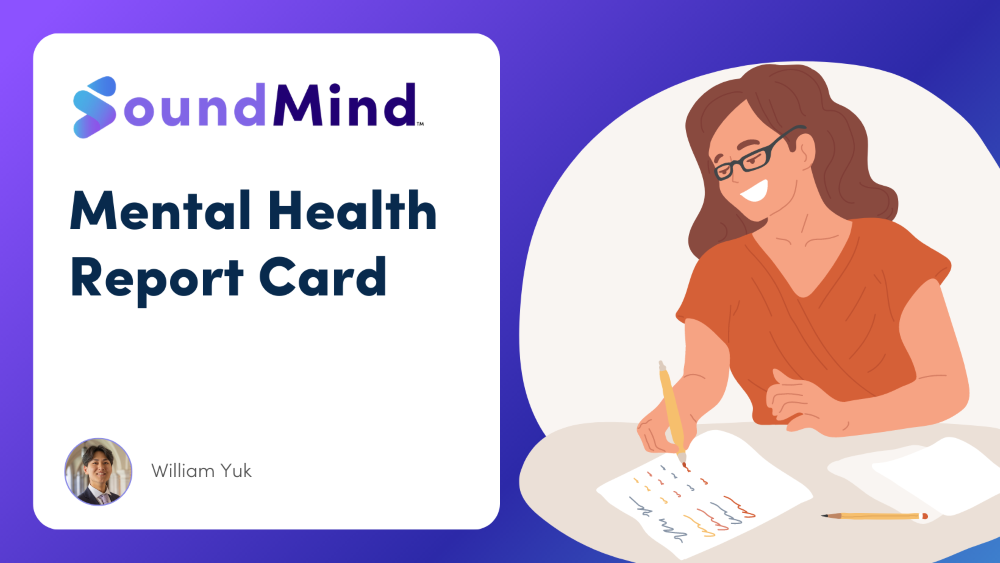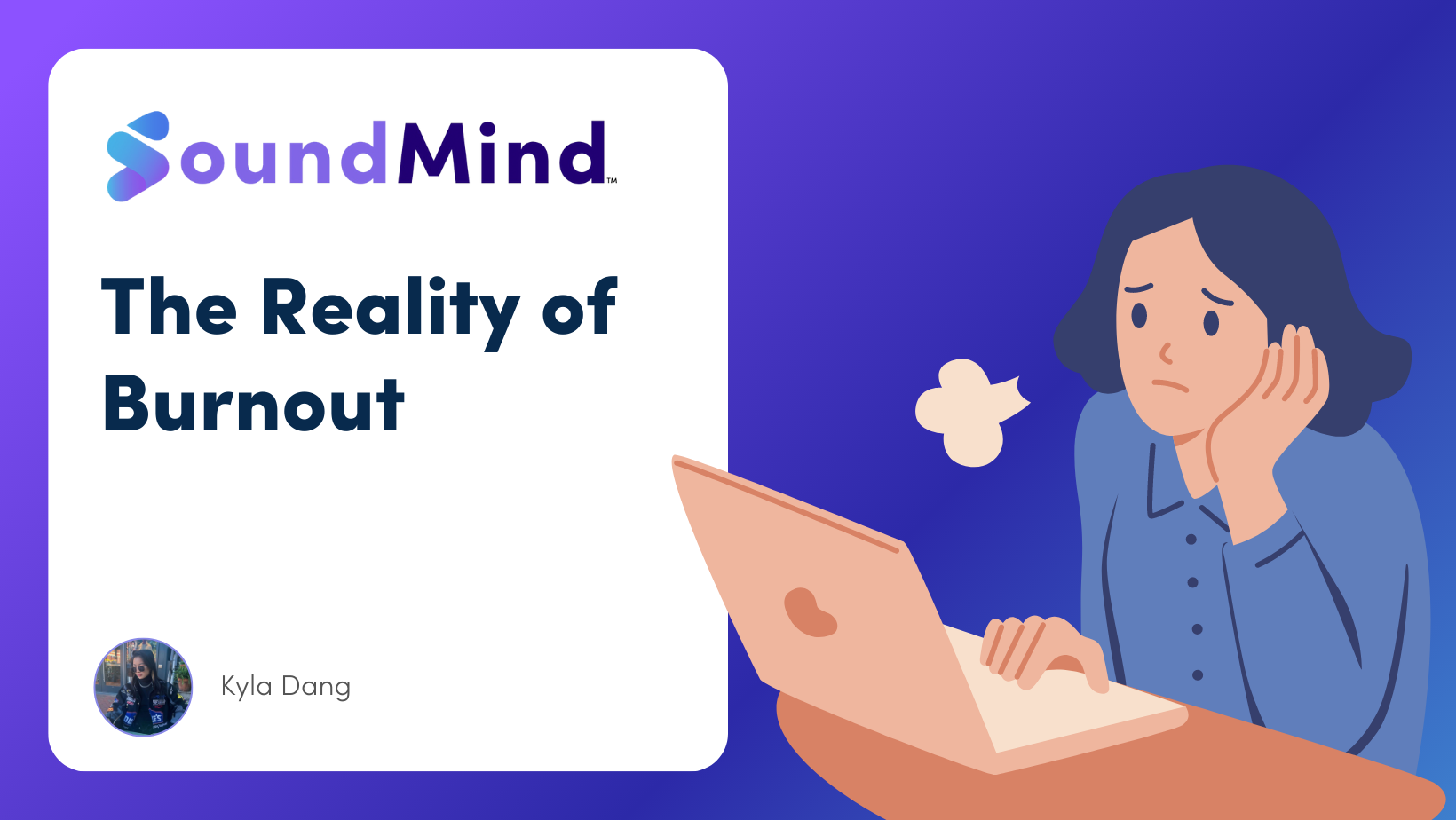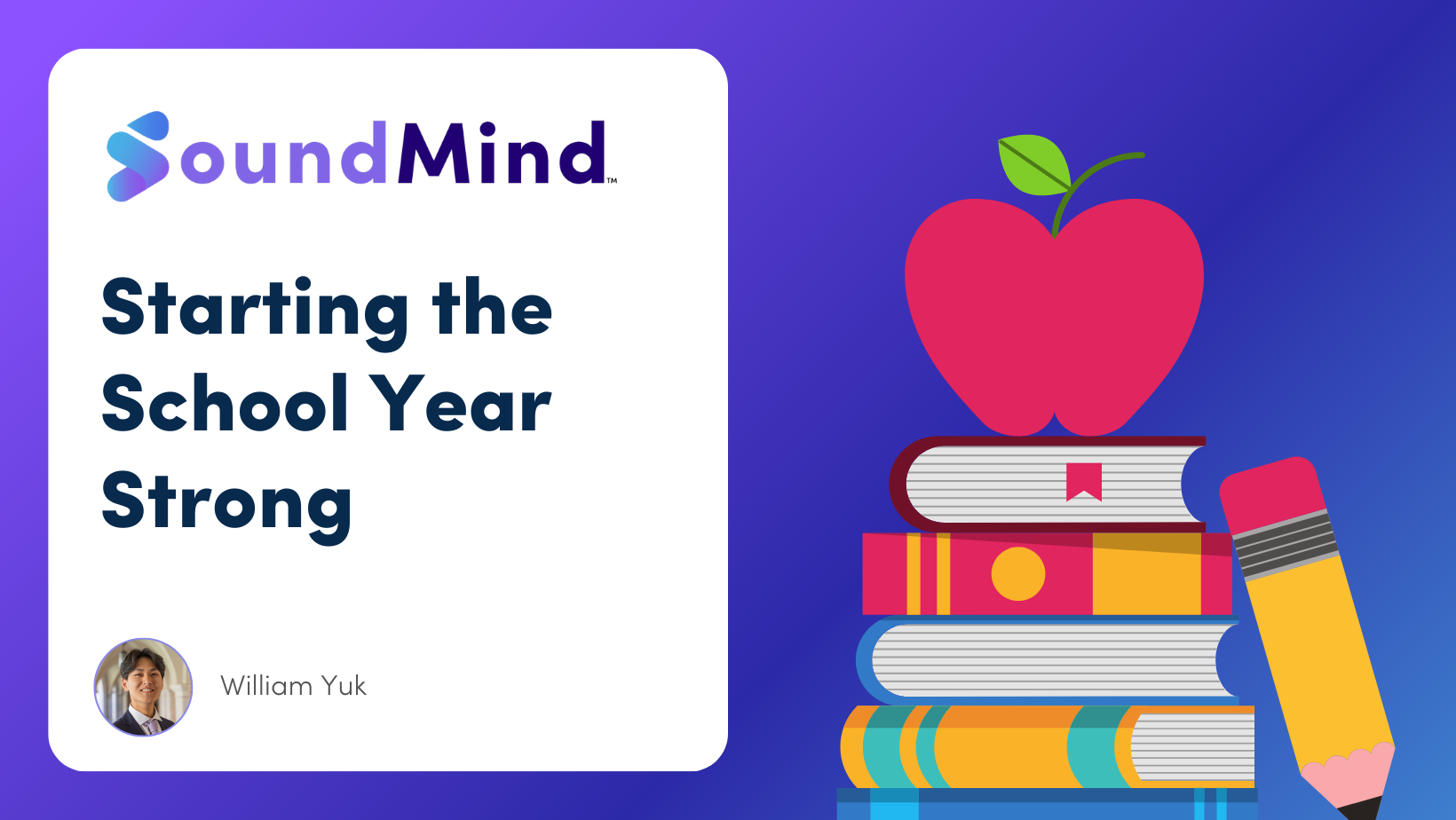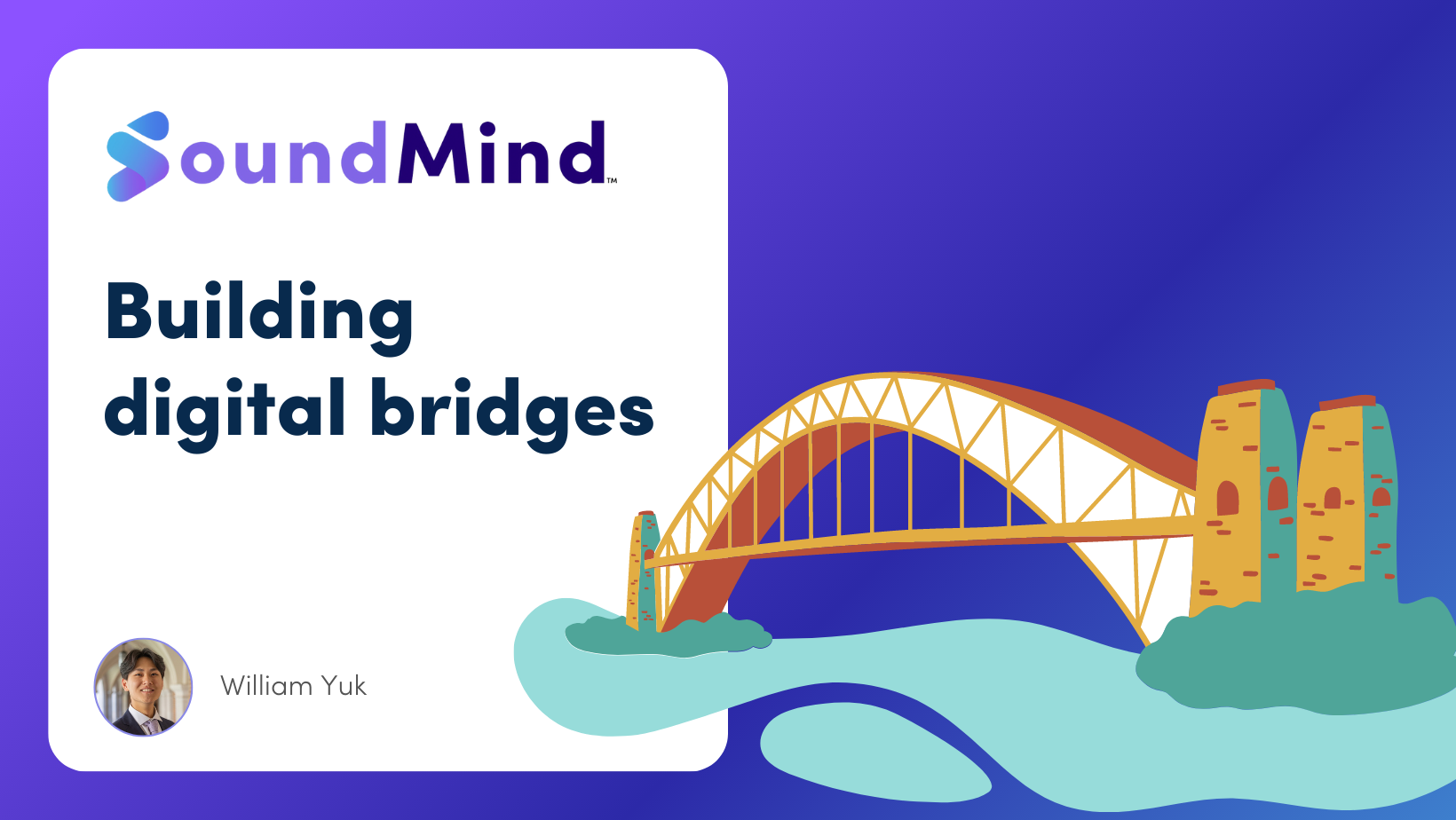As the days get longer, the stack of assignments and exams to grade grows, casting a shadow over your desk. Battling heavy eyelids and the lure of the relaxing smells of summer, a mix of freshly cut grass and sunscreen, you cling to the buzzing jolt of caffeine to stay alert and awake. The final stretch of a long school year can feel like a constant struggle to stay afloat against an increasingly suffocating amount of work, and it is crucial to find ways to ride this wave with resilience and grace. Here are some tools to help you navigate the challenges ahead and finish the school year strong.
🌬️ Tool #1: Take a deep breath
Breathing is often taken for granted due to its involuntary and inconspicuous nature, but it holds remarkable power to shape our well-being. While this practice is rooted in Eastern spirituality dating back thousands of years, modern Western medical studies have indicated that these ancient techniques yield tangible benefits, from treating stress-related mental and physical disorders to supporting metabolic processes.
As you begin to stress over and lose yourself in the year-end’s intensifying workstream, taking control of your inhalations and exhalations can serve as a gentle reminder to slow down and recenter yourself in the present. Due to the constant responsibilities and pressures that teachers face, not only within the classroom but also outside of school when preparing lesson plans, study guides, and grading assignments, breathing practices are helpful tools that can establish and facilitate mental resilience to brave the around-the-clock commitments.
One of the easiest and most accessible breathing techniques is called Diaphragmatic breathing, which involves engaging a muscle called the diaphragm, which is located below your lungs. It is also called belly breathing because you are focusing on your abdominal region instead of using just your chest. Click here for a step-by-step guide to Diaphragmatic breathing
💕 Tool #2: Show yourself some love
Positive affirmations can be likened to rays of sunlight that illuminate our inner landscape, bringing warmth, clarity, and vitality to our thoughts and emotions. Evoking the famous words of French philosopher Rene Descartes, “I think, therefore I am,” affirmations have the capacity to validate your existence and shape your reality by nourishing and revitalizing your mind with positive thoughts.
A positive emotional outlook can be applied as a lens through which stress becomes motivation, setbacks become growth opportunities and exhaustion is met with a level of resilience fueled by responsibility. But the impacts do not exist in a vacuum. According to a 2017 study, there is a causal relationship between a teacher’s attitude and their student’s behavior, attitude, and academic performance. As you embrace a positive outlook, not only will your own efforts shine brightly, but they will, ignite your students’ own drive, inspiring them to reach for the soaring standards you’ve set for them. By radiating positivity, you create a classroom environment where growth, enthusiasm, and success flourish.
By putting pen to paper and writing them down, you breathe life into your affirmations through physical tokens of positivity that you can access and revisit at any time. Click here for a step-by-step guide to performing affirmations.
🧠 Tool #3: Unload your stream of consciousness
Picture this: You’re sitting at your desk in the early stages of the morning. The sky is still splotched with dashes of purple and orange and the rays of the sun are gently beaming down, illuminating an empty notebook facing up at you. As pencil meets paper, the thoughts flow. Fueled by a mix of caffeine and creativity, your innermost thoughts start to stream out, filling page after page. After the writing comes a feeling of fresh lightness that feels as if someone has lifted a heavy jacket off your shoulders on a hot summer day.
What was just described is a writing exercise called Morning Pages. Popularized by Julia Cameron’s self-help classic “The Artist’s Way,” this practice provides a completely unfiltered and unrestrained opportunity for self-expression and release without regard for substance or style. The only thing that matters is that for the time allotted, you are writing anything and everything that floats into your mind. In the closing months of the school year, Morning Pages can be an incredibly therapeutic space that can be used as both an incubator for introspection to meditate on the triumphs and failures of the school year, and also an outlet to relieve yourself of pent-up frustrations and stress.
🎉 Tool #4: Celebrate the journey
Oftentimes it’s easy to get swept up by the endless cycle of assignments and classes without appreciating the journey, which is why the end of the school year is the perfect time to step back, take a deep breath, and appreciate how far you’ve come.
Class celebrations mark a symbolic end to the academic journey, serving as a collective recognition of the accomplishments and growth achieved throughout the year. Students and teachers are able to reflect on their shared triumphs, acknowledging the hard work, dedication, and progress made by all. This sense of closure fosters deep satisfaction and a well-deserved sense of pride, solidifying the bonds formed within the classroom community. Here are some themed celebrations that could be the perfect bookend for a long school year.
- “Lights, Camera, Action!”: Host a red carpet event where students can showcase their talents through a talent show or film festival. Create a Hollywood-inspired atmosphere with glamorous decorations, paparazzi-style photo booths, and award certificates to honor each student’s unique abilities.
- “Escape to the Future”: Create an escape room experience where students work together to solve puzzles and challenges related to the lessons they’ve learned throughout the year. The theme focuses on looking ahead and applying knowledge gained to overcome obstacles.
- “Museum of Memories”: Set up a classroom exhibit featuring memories and highlights from the school year. Students can contribute personal artifacts, photographs, and written reflections to create a collective display that encapsulates their shared experiences.
Thank you for reading “Piece of Mind”! If you liked this post, share it with a friend and help us increase our positive impact on Gen-Z mental health 🙂
Subscribe to receive blog updates!











